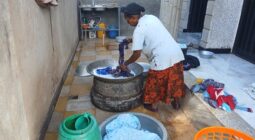
Washerwoman
By Getachew Engdayehu Sewnet Mitiku Gashaw, aged around 47, is among hundreds of laundry women working in this domestic business … Continued
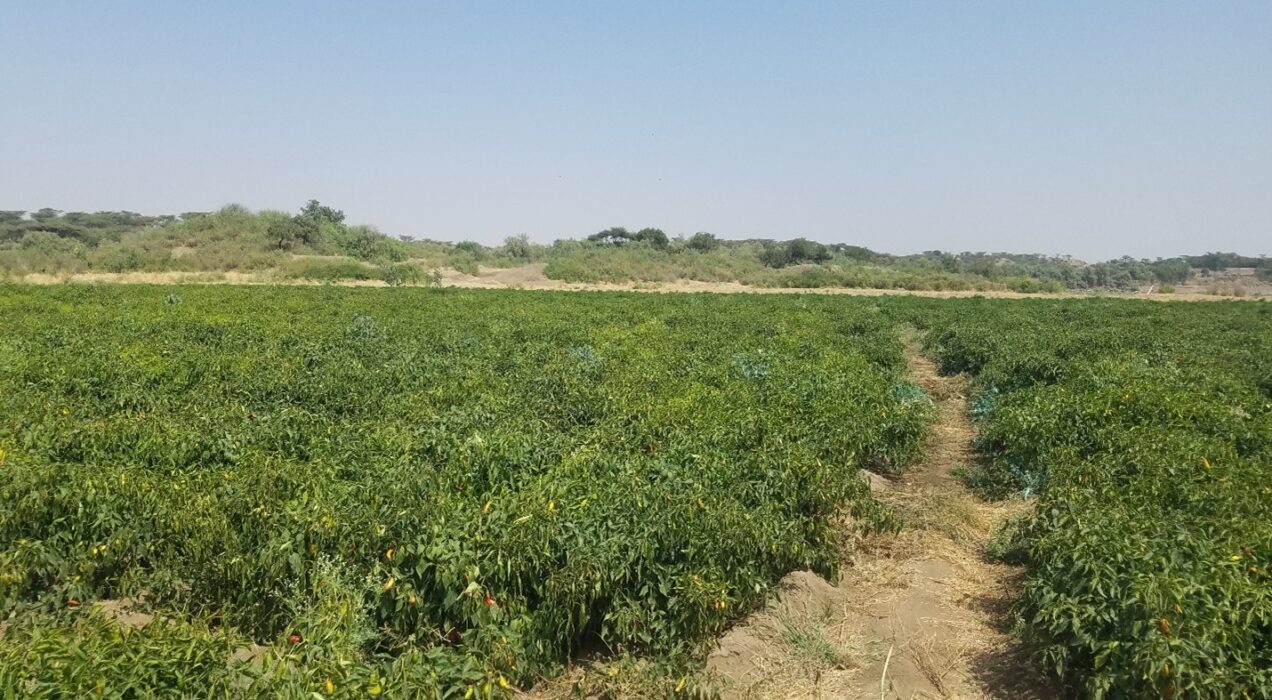

By Getachew Engdayehu Sewnet Mitiku Gashaw, aged around 47, is among hundreds of laundry women working in this domestic business … Continued
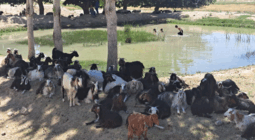
by Ashfaque Ahmed Soomro, Abdul Salam and Frank van Steenbergen Rangelands cover more than 70% of the vast land mass … Continued
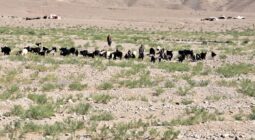
by Ashfaque Ahmed Soomro and Frank van Steenbergen Rangelands are the heartbeat of rural livelihoods and managing microclimates in Balochistan. … Continued

by CongCong Li In ancient Chinese times “dǎoliàn”(捣练) – a special type of laundry – was one of the most … Continued
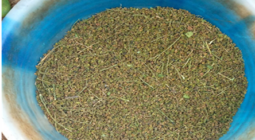
By Getachew Engdayehu and Frank van Steenbergen Washing clothes is key to life and defines hygiene and health. In most … Continued
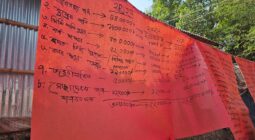
by Shaheber Alga Union, Ulipur, Kurigram, Bangladesh Friendship NGO, supported by Dr. Jannatul Rushni Naim This blog is part of … Continued
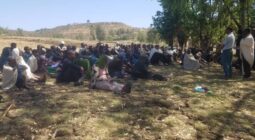
By ORDA Ethiopia with support by Nardos Masresha This blog is part of a dossier on locally-led adaptation, featuring insights and lessons … Continued

By Uttaran, supported by Dr. Jannatul Naim Rushni This blog is part of a dossier on locally-led adaptation, featuring insights and lessons … Continued
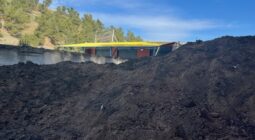
By Sukru Esin In agriculture, waste is often neglected and not properly managed. This problem not only exists in … Continued

By: Frank van Steenbergen They whistle to the birds. One bird comes. The bird leads them to bees’ nest. They … Continued
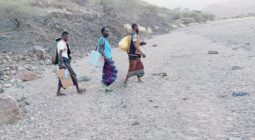
By APDA Drought is deep and deepening The Afar Pastoralist Development Association (Qafar Dacarsittoh Dadalih Egla) or in short, APDA, … Continued

The Canticle of the Sun by Saint Francis, 1225 Most High, all-powerful, good Lord, Yours are the praises, the glory, … Continued